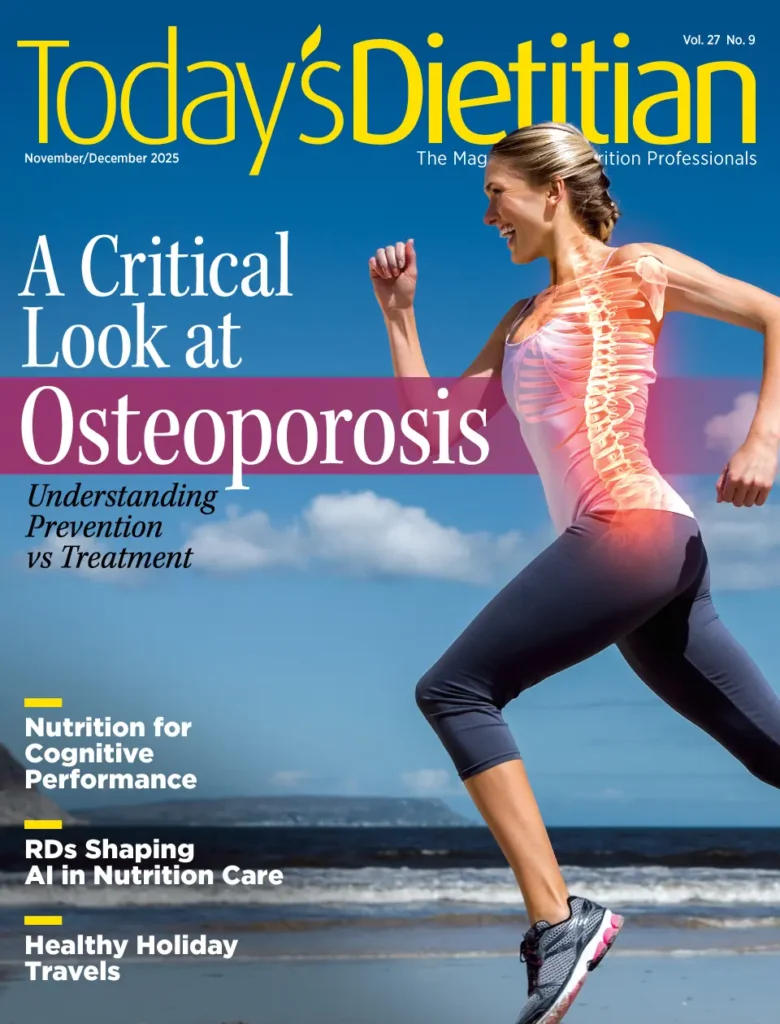As global demand for seafood continues to rise, aquaculture—the farming of fish and shellfish—has become an essential part of the food system.
Sustainability
Regenerative agriculture is the new buzz word in sustainable farming. But what does it really mean? Does it do all it promises? How can food and nutrition experts sort facts from hype and help clients do the same?
There’s a growing movement in settings like schools, universities, hospitals, and large workplaces to adopt sustainable dishes and utensils in their food service settings.
Americans generate over 14 million tons of plastic packaging waste annually, with a significant portion coming from food packaging.
Planet Earth faces a plastic crisis. Over 400 million tons of plastic are produced globally each year, contributing to severe environmental pollution and posing serious health risks.
The impact of our food system on the planet is undeniable. Food production accounts for more than 25% of our greenhouse gas emissions, uses half of the world’s habitable land and 70% of its freshwater withdrawals, and is responsible for 78% of global eutrophication.
Today’s DietitianVol. 26 No. 1 P. 34 Over the last few decades, urban farming has become increasingly popular. Inspired by…
Defined as a philosophy and dynamic systems approach to land management, this agriculture practice from of old may be the path toward restoring soil and ecosystem health and maintaining a more sustainable and nutritious food supply for generations to come.
Today’s DietitianVol. 25 No. 1 P. 22 The creation of sustainable food and water systems to better achieve human and…
Dietitians working to promote the importance of sustainable diets, ensure the development of sustainable food systems, and reduce food waste,…


